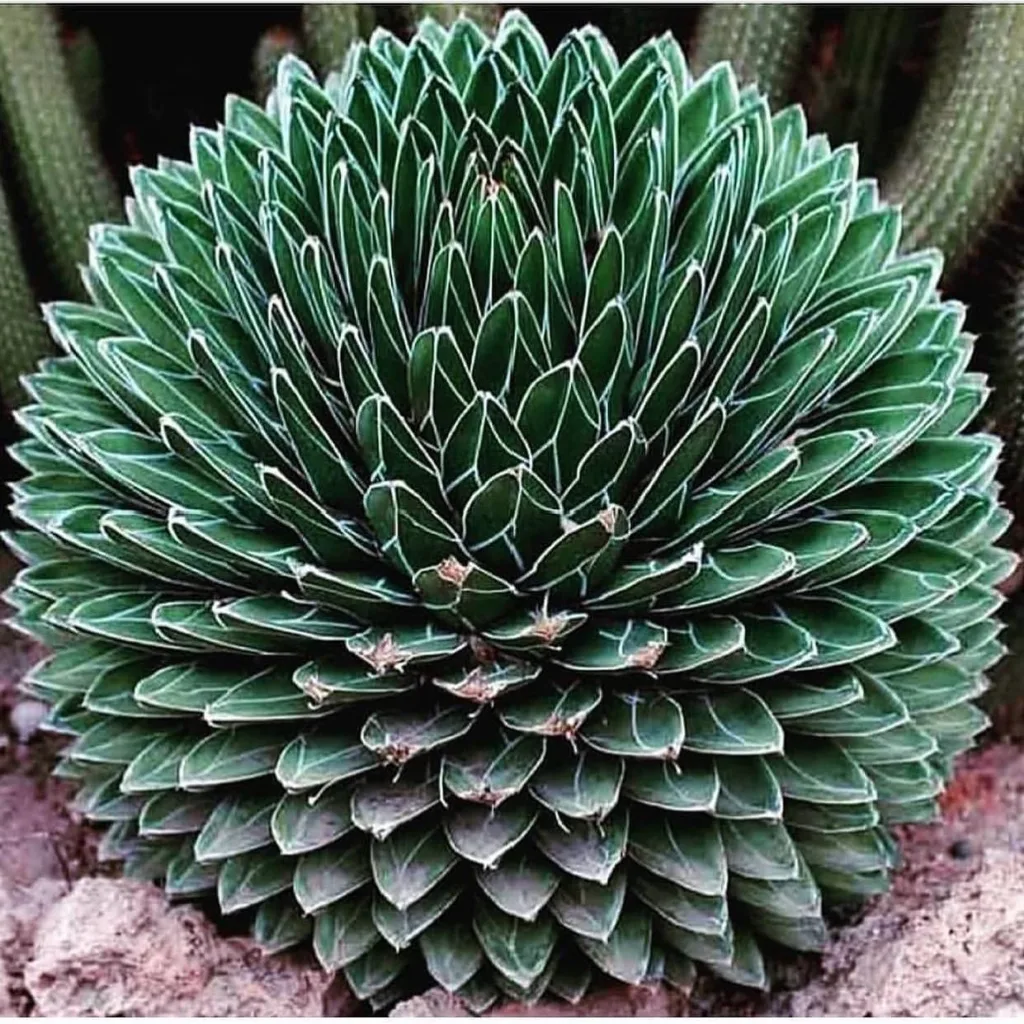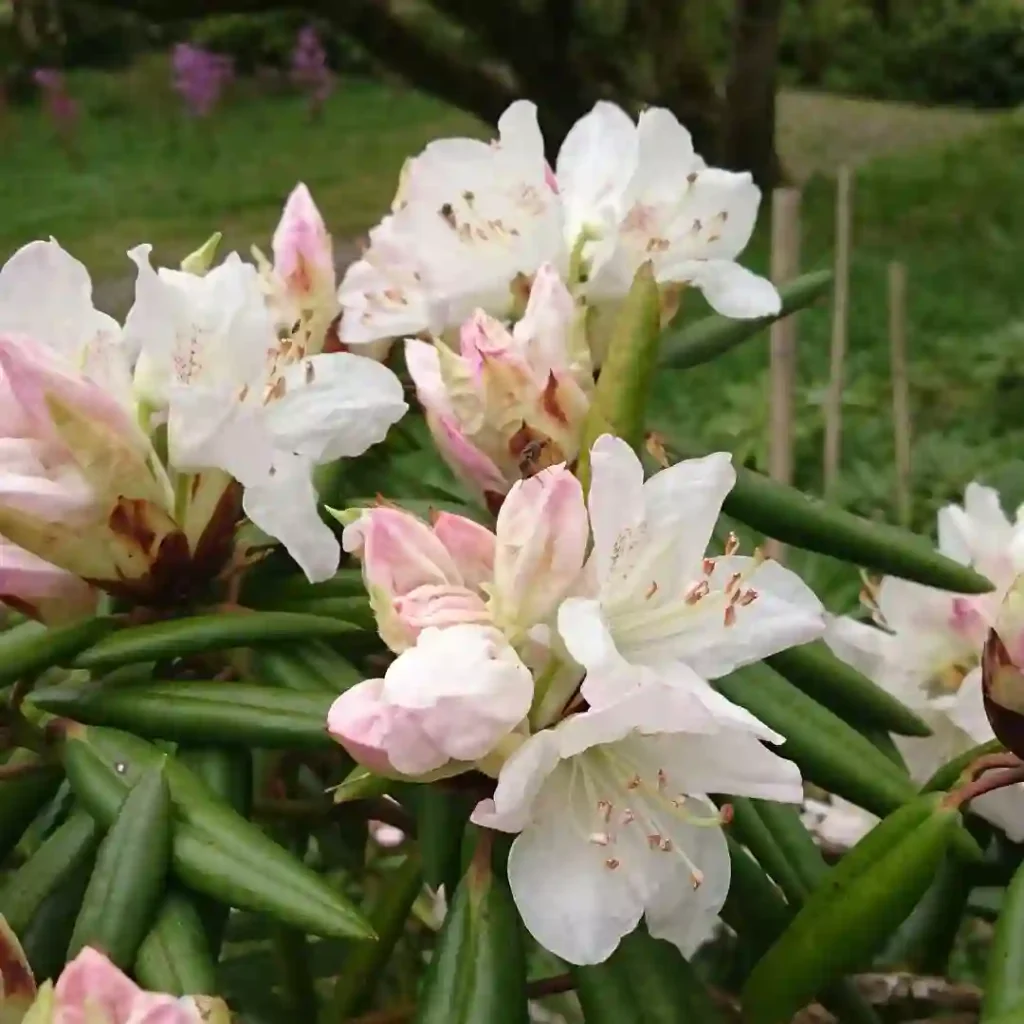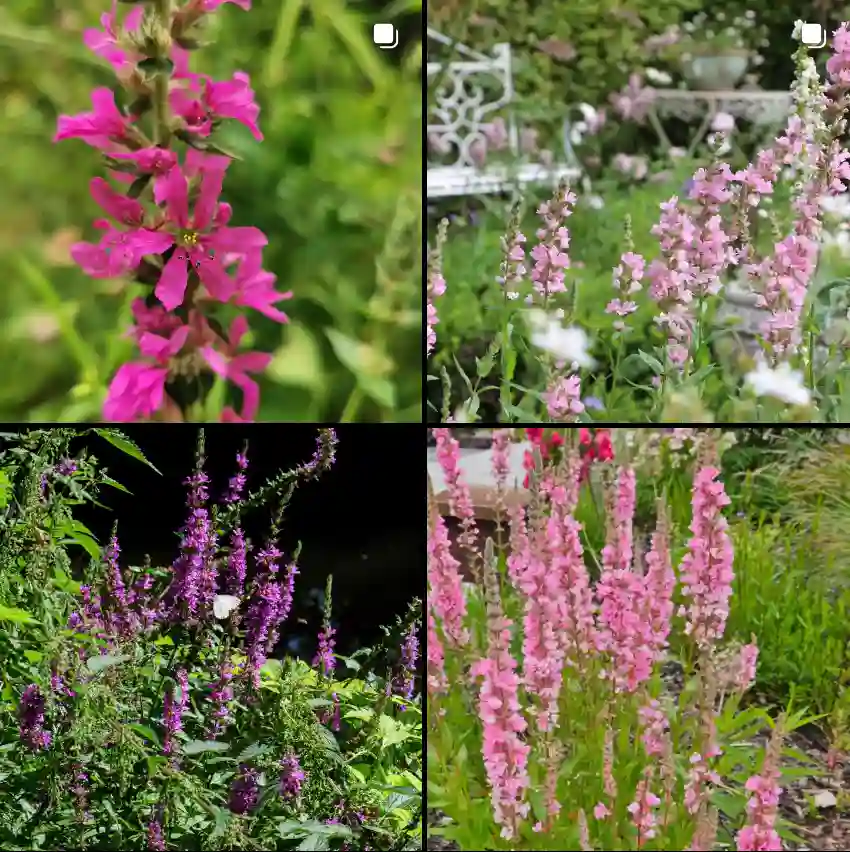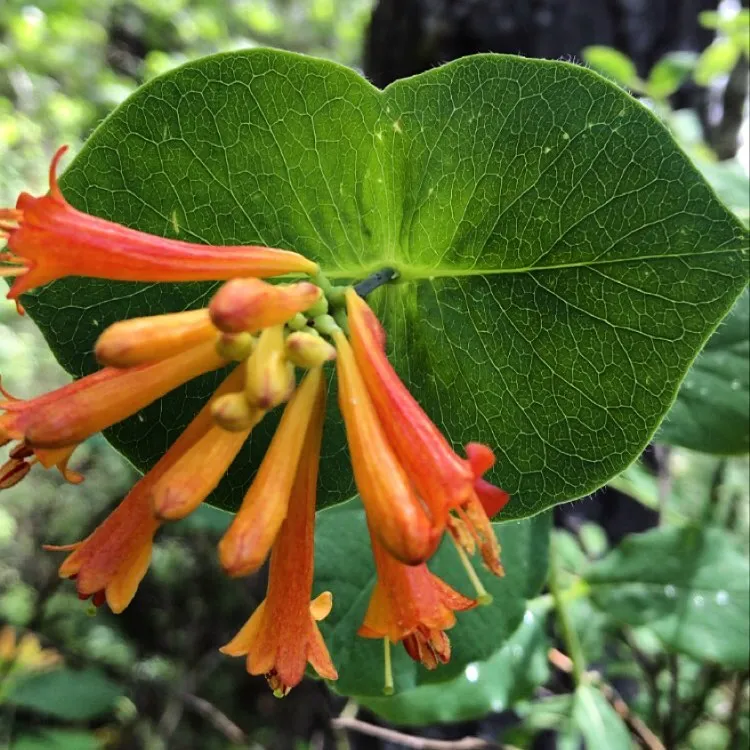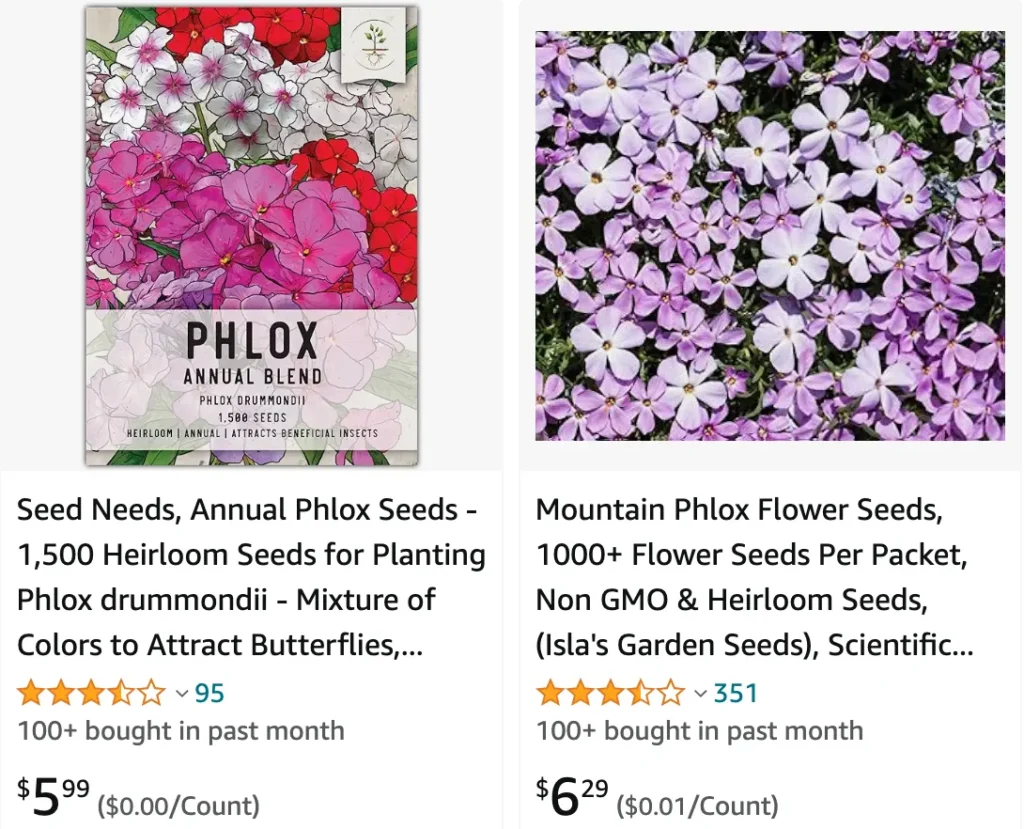
The Enduring Allure of Phlox Jeana: A Gardener’s Guide
There’s a certain magic to flowers that unfurl their petals summer after blissful summer, becoming a familiar and cherished sight in the garden. The Phlox Jeana (Phlox paniculata ‘Jeana’) is one such flower, captivating me with its long-lasting blooms and easygoing nature. Over the years, I’ve cultivated a deep appreciation for this perennial, and today, I want to share its wonders with you.
70 Species in Genus Phlox
How to plant Phlox Jeana?
Jeana Phlox isn’t fussy. Give it the right conditions, and it’ll reward you with a dazzling floral display for months. Here’s how to cultivate success:
- Sunshine and Soil: Jeana Phlox thrives in full sun, receiving at least six hours of direct sunlight daily. However, it can tolerate some light shade, especially in hotter climates. The key is well-drained soil. Amending your existing soil with compost or aged manure will ensure proper drainage and provide the nutrients your phlox craves.
- Planting Time and Depth: Spring or fall are ideal times to plant Jeana Phlox. Dig a hole about twice the width of the plant’s root ball and ensure the depth allows the crown (the point where the roots meet the stem) to sit slightly above the soil level. Backfill the hole, water thoroughly, and add a layer of mulch around the base to retain moisture and suppress weeds.
- Spacing: When planting multiple Jeana Phlox plants, space them 18-24 inches apart to allow for proper air circulation and prevent overcrowding. This spacing also encourages bushier growth and promotes better flowering.
How to care for Phlox Jeana?
Once established, Jeana Phlox requires minimal maintenance, making it a gardener’s delight. Here are some key practices to keep your phlox happy and healthy:
- Watering: Water regularly, especially during hot and dry spells. Aim to keep the soil consistently moist but not soggy. A good rule of thumb is to water deeply when the top inch of soil feels dry to the touch.
- Deadheading: To encourage continuous blooming, deadhead spent flowers by pinching them off just below the flower head. This not only keeps your phlox looking tidy but also redirects the plant’s energy towards producing new blooms.
- Dividing: Every 3-4 years, consider dividing your Jeana Phlox plants. This helps maintain vigor, prevents overcrowding, and allows you to propagate new plants for other areas of your garden. Simply dig up the clump, carefully split it into sections with at least 2-3 eyes (buds) each, and replant as individual plants.
Is Butterfly-Loving Jeana Phlox Toxic to Cats?
The good news is that Jeana Phlox, like most other phlox varieties, is not considered toxic to cats. While some online sources might raise concerns, these are often based on anecdotal evidence. According to the American Society for the Prevention of Cruelty to Animals (ASPCA), Jeana Phlox is not on their list of poisonous plants to cats [ASPCA Poisonous Plants].
However, it’s always a good idea to supervise your feline companions around any plants. Cats are curious creatures, and sometimes they might nibble on something out of curiosity. If you’re concerned about your cat ingesting Jeana Phlox, it’s best to keep them out of areas where the plants are growing.
A Symphony of Color and Fragrance in Your Garden
Jeana Phlox offers a delightful combination of long-lasting blooms and a sweet fragrance (though some sources report minimal fragrance). The lavender-pink flower clusters add a touch of elegance to any garden, attracting butterflies and hummingbirds with their nectar-rich blooms.
Beyond its beauty, Phlox Jeana is a low-maintenance perennial, making it a perfect choice for busy gardeners or those new to the world of horticulture. With proper care, you can enjoy the vibrant display of Jeana Phlox for years to come.
So, why not add this captivating phlox to your garden and experience its enduring allure for yourself?
If i die, water my plants!
